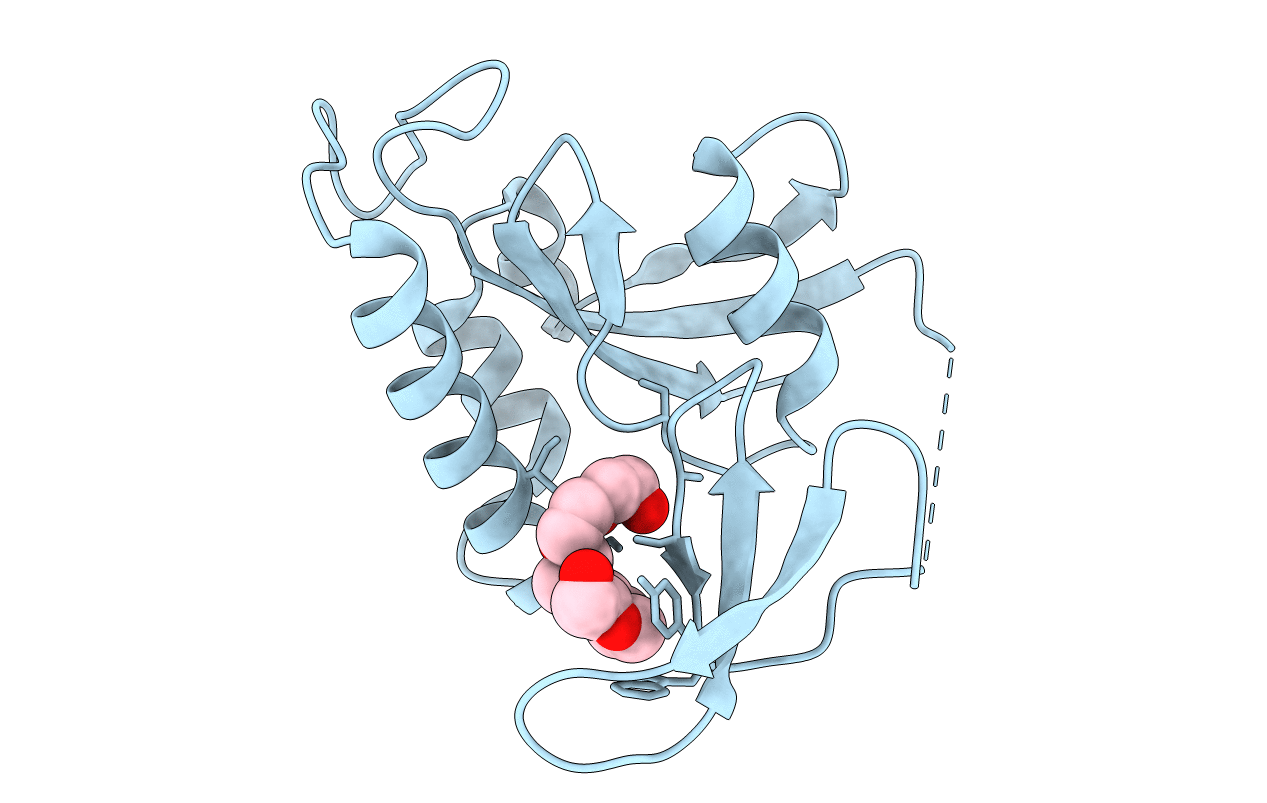
Deposition Date
2014-08-01
Release Date
2015-04-08
Last Version Date
2024-11-06
Method Details:
Experimental Method:
Resolution:
1.78 Å
R-Value Free:
0.22
R-Value Work:
0.19
R-Value Observed:
0.19
Space Group:
P 31 2 1


